
- Acne
- Actinic Keratosis
- Aesthetics
- Alopecia
- Atopic Dermatitis
- Buy-and-Bill
- COVID-19
- Case-Based Roundtable
- Chronic Hand Eczema
- Chronic Spontaneous Urticaria
- Drug Watch
- Eczema
- General Dermatology
- Hidradenitis Suppurativa
- Melasma
- NP and PA
- Pediatric Dermatology
- Pigmentary Disorders
- Practice Management
- Precision Medicine and Biologics
- Prurigo Nodularis
- Psoriasis
- Psoriatic Arthritis
- Rare Disease
- Rosacea
- Skin Cancer
- Vitiligo
- Wound Care
Publication
Article
Dermatology Times
Study Measures Health-Related Quality of Life in Patients with Acne
Author(s):
Additional research is required to determine the content validity of patient-reported outcome measures from patients with acne.
There are several patient-reported outcome measures (PROMs) for health-related quality of life (HRQoL) that exist for patients with acne. Still, not much is known about the content validity and other measurement properties of these PROMs.
That led a group of researchers to learn more, systematically reviewing PROMs for HRQoL in adults or adolescents with acne, and presenting their findings online in JAMA Dermatology in July.1
John Barbieri, MD, department of dermatology for Brigham and Women’s Hospital, Boston, Massachusetts, served as the lead study author and noted that incorporating patient-reported outcomes into everyday practice can help dermatologists ensure that they are capturing the patient’s voice.
“Although one might think taking a good history should be enough on its own, studies support that patient-reported outcomes help invite patients to discuss their lived experience, which can improve shared decision making and individualize treatment suggestions,” said Barbieri. “In addition, as patient-reported outcomes can be completed asynchronously before the visit, they can save time as well in a busy clinical setting.”
The authors theorized that patient-reported outcomes would enable robust and objective outcome tracking over time, which could facilitate research using real-world clinical data.
“Patient-reported outcomes provide complementary information to clinical outcomes and are a valuable tool to ensure we are capturing the patient’s perspective in both routine clinical care and clinical trials,” said Barbieri. “Understanding the patient’s perspective is critical to individualize treatment recommendations to each patient’s unique lived experience.”
Furthermore, patient-reported outcomes are preferred by patients in clinical trials, he added. While many patient-reported outcomes are available to assess health-related quality of life in patients with acne, little is known about which ones perform best.
To find out, the study team collected full-text articles published in both English and Spanish on development, pilot, or validation studies for acne-specific, dermatology-specific, or generic HRQoL PROMs from PubMed and Embase.
“We conducted a systematic review of patient-reported outcomes for use among patients with acne, following the Consensus-Based Standards for the Selection of Health Measurement Instruments (COSMIN) criteria,” said Barbieri.
The development studies consisted of original development studies, even those not studied in acne patients COSMIN recommendations. Barbieri explained that if a study included several diagnoses, the majority of patients involved acne or acne-specific subgroup analyses must have been available.
From there, two independent reviewers performed abstract and full-text screening, applying the COSMIN checklist and extracting and analyzing the data.
PROM properties (target population, domains, recall period, development language), PROM development and pilot studies, content validity (relevance, comprehensiveness, comprehensibility), and remaining measurement properties (structural validity, internal consistency, cross-cultural validity, reliability, measurement error, criterion validity, construct validity, and responsiveness) were all considered.
“For each distinctive PROM, quality of evidence was graded by measurement property,” said Barbieri. “An overall recommendation level was assigned based on content validity and quality of the evidence of measurement properties.”
In the findings, the research team identified 54 acne PROM development or validation studies for 10 acne-specific PROMs, six dermatology-specific PROMs, and five generic PROMs. Few PROMs had studies for responsiveness.
Only two acne-specific PROMs showed sufficient evidence for content validity.
“We found that while some evidence on content validity and measurement properties were lacking for all the patient-reported outcomes that were evaluated, two can currently be recommended for use in acne clinical trials and clinical practice: the Acne-Q and CompAQ,” Barbieri said. “We found that the Acne-QoL and Acne Symptom and Impact Scale could also be recommended according to the COSMIN framework if additional evaluation of content validity is performed.”
Nevertheless, the study participants agree there is still a need for further research to better define content validity as well as other measurement properties such as responsiveness, and interpretability.
“Patient-reported outcome measures used for research or in clinical settings should have sufficient content validity and other measurement properties; these results suggest that while two measures can be currently recommended, further understanding of these and other measures will be critical for patient-reported outcome measure use among patients with acne,” said Barbieri. “Therefore, further research investigating the quality of remaining acne-specific, dermatology-specific, and generic HRQoL PROMs is required to recommend their use.”
Disclosure
Barbieri is a member of The Acne Core Outcomes Research Network (ACORN), which holds the copyright for the CompAQ.
Reference:
1. Hopkins ZH, Thiboutot D, Homsi HA, Perez-Chada LM, Barbieri JS. Patient-Reported Outcome Measures for Health-Related Quality of Life in Patients With Acne Vulgaris: A Systematic Review of Measure Development and Measurement Properties. JAMA Dermatol. Published online June 22, 2022. doi:10.1001/jamadermatol.2022.2260
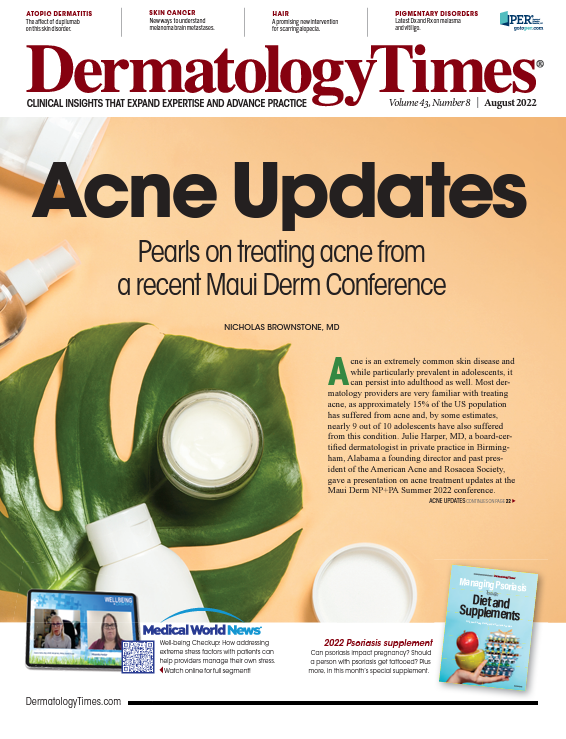









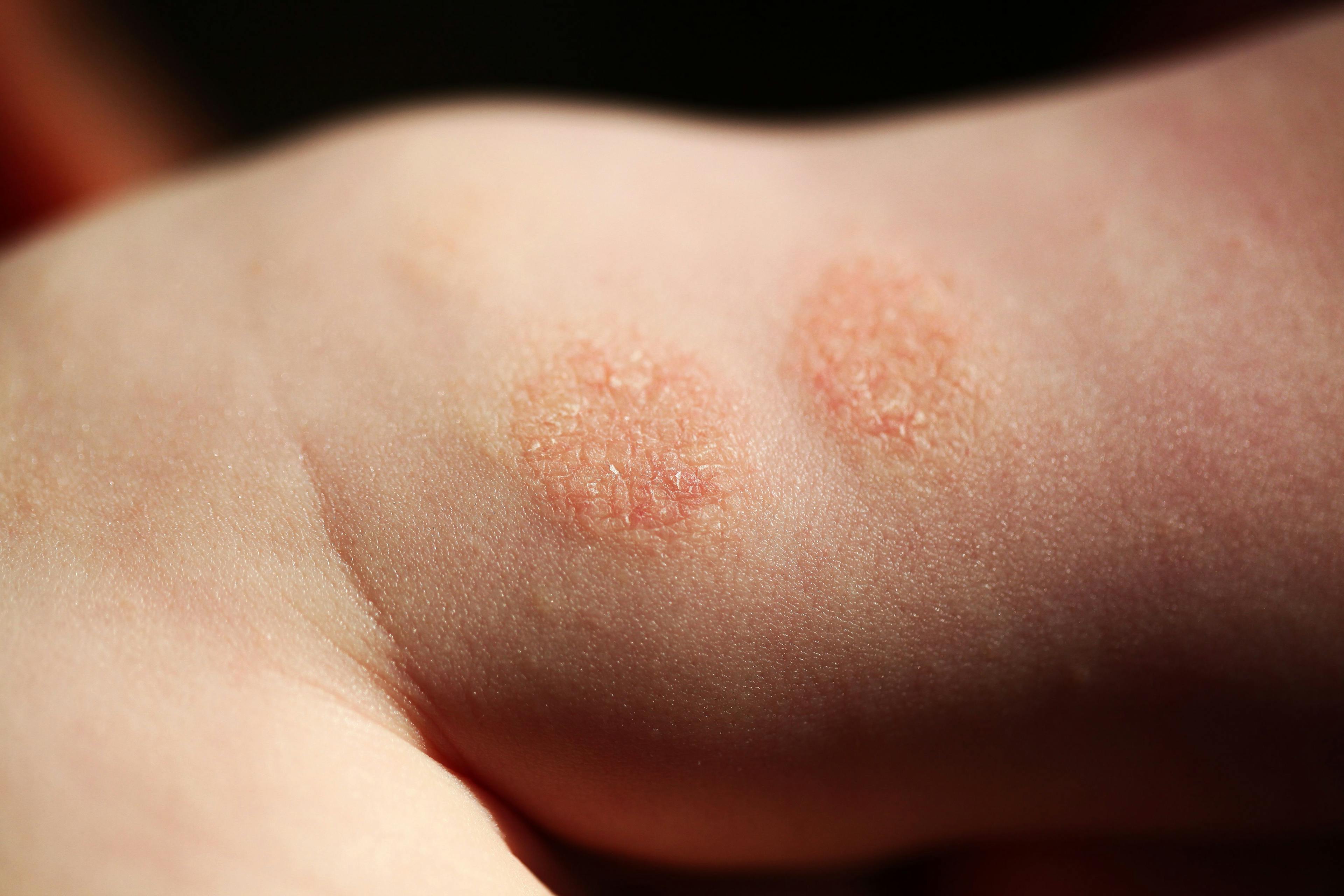
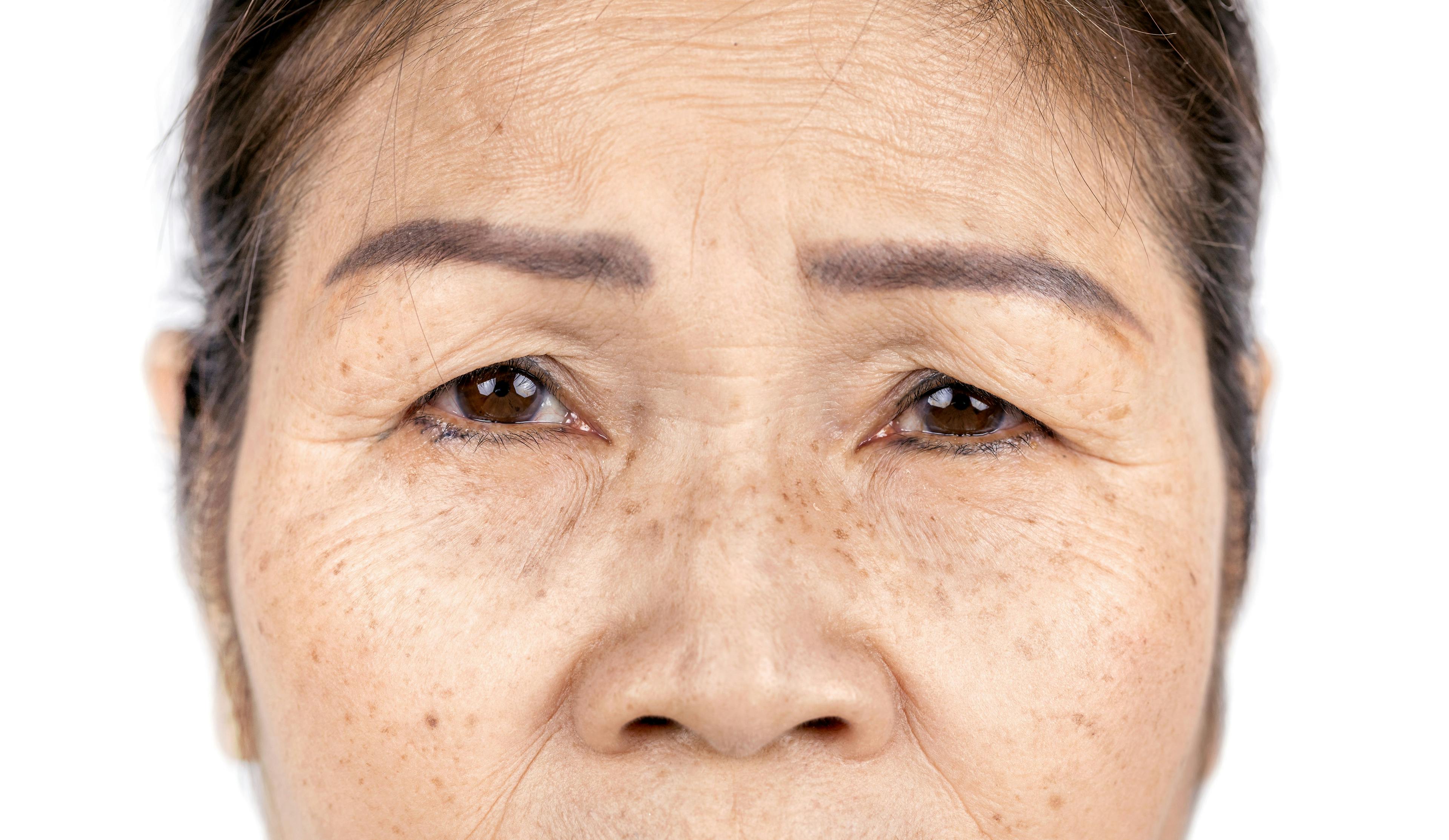
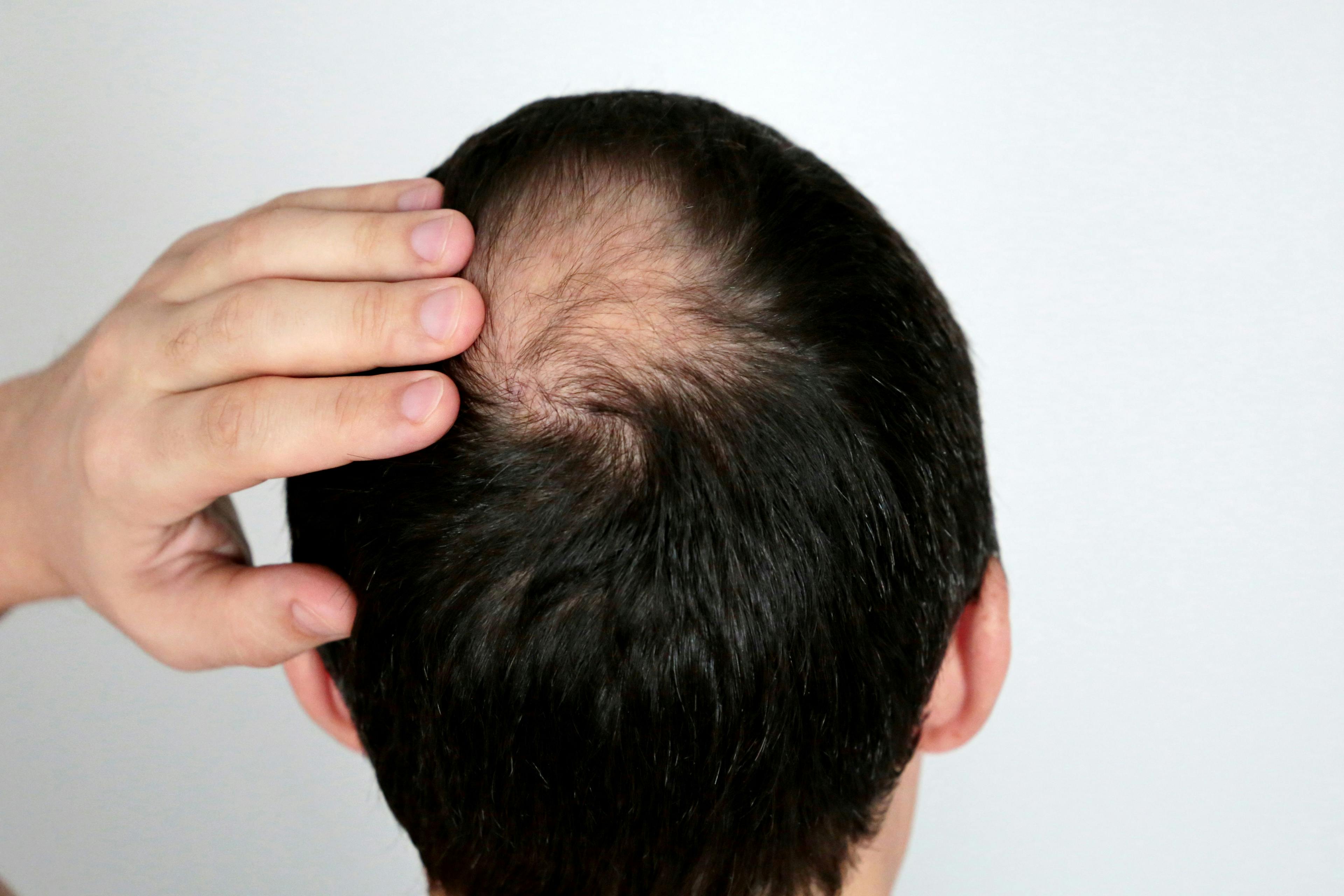


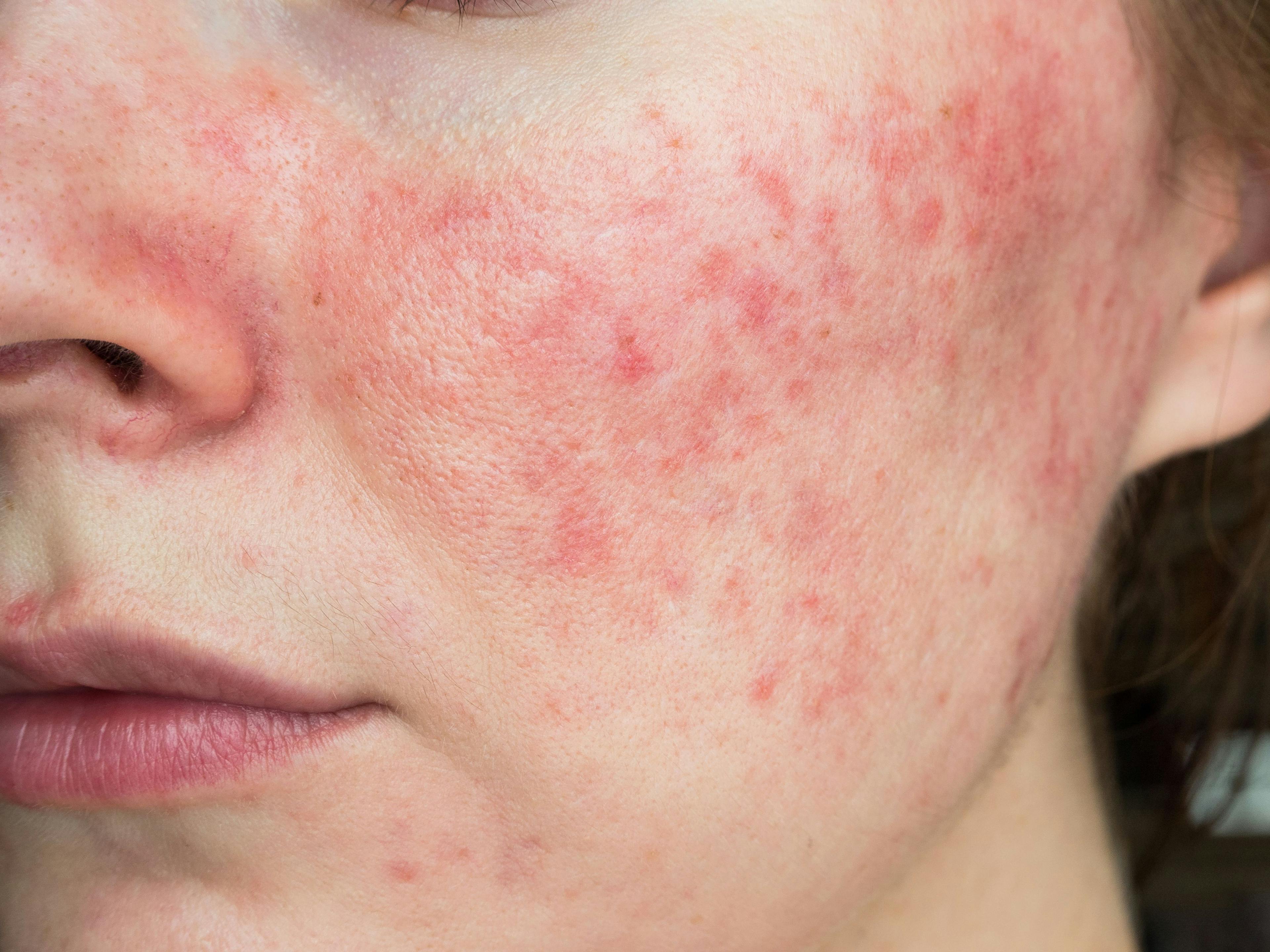
Newsletter
Like what you’re reading? Subscribe to Dermatology Times for weekly updates on therapies, innovations, and real-world practice tips.










2 Commerce Drive
Cranbury, NJ 08512
All rights reserved.




